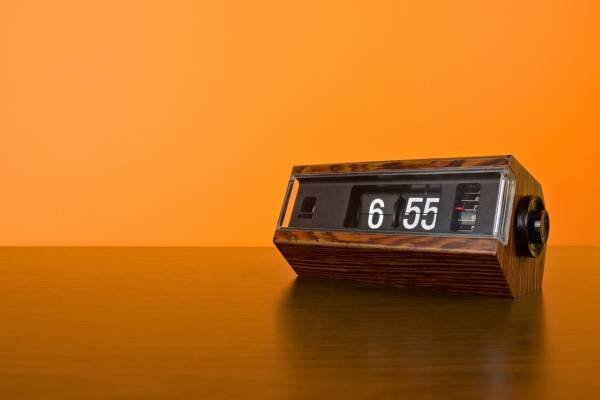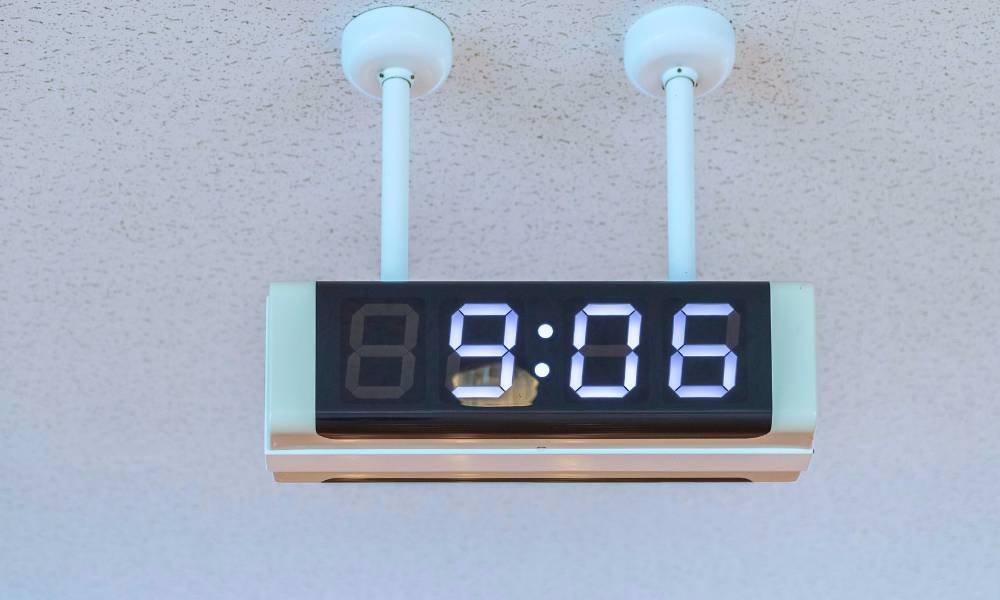The invention of digital clocks marks a significant milestone in the evolution of timekeeping. “When were digital clocks invented?” is a question that takes us back to the early 20th century, where innovation began to transform how we track time. Digital clocks, with their precise and easy-to-read displays, revolutionized everyday life, making traditional analog clocks a secondary option. This article delves into the history of digital clocks, exploring the technological advancements that led to their creation and how they have shaped our modern world. Join us as we uncover the fascinating journey of modern timekeeping.
When Were Digital Clocks Invented? – 7 Key Points
- Historical Context: Understand ancient timekeeping methods and the shift from mechanical to electrical watches.
- Digital Clock Definition: Learn what differentiates digital clocks from analog watches.
- Early Innovations: Explore the first attempts and prototypes of digital clocks.
- First Digital Clock: Identify the year digital clocks were invented and the key inventors involved.
- Technological Advancements: Study the role of transistors, LEDs, and other electronic components in the development of smart clocks.
- Popularization: Investigate how digital clocks became widely adopted in homes and workplaces.
- Modern and Future Trends: Examine current smart clock features and predict future advancements in digital clock technology.
Early Concepts of Timekeeping

Early concepts of timekeeping laid the foundation for the invention of digital clocks. Ancient methods, such as sundials and water clocks, were among the first devices used to measure time. Sundials relied on the position of the sun, while water watches used the steady flow of water to mark the passage of hours. As technology progressed, mechanical watches with gears and springs became prevalent, offering more accuracy. The transition to electrical timekeeping in the 19th century paved the way for digital clocks. These advancements combined precision with convenience, leading to the innovative digital clocks we rely on today.
The Inception of Digital Clocks
The inception of digital clocks marks a pivotal moment in timekeeping history. Digital clocks, defined by their numerical display of time using electronic components, offer a clear and precise reading. Unlike traditional analog watches, digital clocks use LCD, LED, or other display technologies to show the time. Early attempts and prototypes of modern time displays emerged in the mid-20th century, with innovators experimenting with various electronic mechanisms. These initial models laid the groundwork for the modern digital clocks we rely on today, revolutionizing how we perceive and measure time.
The First Digital Clock
The first digital clock was invented in the early 20th century, marking a revolutionary step in timekeeping. Invented by D.E. Protzmann and his team at General Electric, the clock featured an innovative smart display using electric pulses. This breakthrough occurred in 1956, capturing public attention with its precise timekeeping and modern look. The initial reaction was one of amazement, as people were fascinated by the shift from traditional analog to digital. This invention paved the way for further advancements and widespread adoption of smart clocks in homes and workplaces.
Technological Advancements
The development of electronic components, such as transistors and LEDs, played a crucial role in the evolution of digital clocks. These innovations allowed for the miniaturization and efficiency necessary for practical modern timekeeping. The integration of these technologies into digital clocks significantly improved their accuracy and reliability, making them a preferred choice over traditional analog watches. With enhanced precision and durability, digital clocks have become an indispensable part of daily life, from household use to industrial applications. This technological advancement marked a pivotal moment in the history of timekeeping, setting the stage for modern digital clock designs.
Popularization in the 20th Century
The 20th century saw the widespread popularization of digital clocks in homes and workplaces. Their precise timekeeping and easy-to-read displays led to rapid adoption. Smart displays soon found their way into other devices, including watches and household appliances, revolutionizing daily routines. Effective marketing strategies played a crucial role in their acceptance, highlighting the benefits over traditional analog watches. The convenience and accuracy of digital clocks resonated with consumers, making them an essential part of modern life. This era marked a significant shift in timekeeping technology, cementing the place of digital clocks in everyday use.
Impact on Society and Culture
Digital clocks have significantly impacted society and culture, transforming daily routines and time management. Their easy-to-read displays and precise timekeeping make them a preferred choice over traditional analog watches. Digital clocks streamline schedules, enhancing punctuality in both personal and professional settings. They became a cultural icon, often featured in movies, TV shows, and advertisements, symbolizing modernity and technological advancement. Unlike analog watches, smart clocks offer a clearer, more accessible way to read time, influencing design aesthetics in various industries. This shift has left a lasting impression on how we perceive and interact with time in our daily lives.
Modern Digital Clocks

Modern digital clocks have evolved significantly, showcasing advanced technology and innovative features. Today’s digital clocks often integrate with smart home systems, offering functionalities such as voice control, synchronization with other devices, and internet connectivity. These smart watches, powered by IoT technology, provide more than just timekeeping; they offer weather updates, reminders, and automation capabilities. Future trends in smart clocks point towards further integration with AI, enhanced user interfaces, and eco-friendly designs. As technology progresses, digital clocks will continue to adapt, making them indispensable in our connected, modern lives.
FAQs on “When were digital clocks invented?”
1. When were digital clocks first invented?
✅Digital clocks were first invented in the 1920s, with significant patents filed in 1956.
2. Who invented the first digital clock?
✅The first patent was filed by D.E. Protzmann and his team.
3. What advancements led to digital clocks?
✅Advancements in transistors and LEDs enabled the development of digital clocks.
4. How did digital clocks become popular?
✅Digital clocks became popular in the mid-20th century due to their accuracy and ease of reading.
5. What features do modern digital clocks have?
✅Modern digital clocks feature voice control, IoT integration, and internet connectivity.
Conclusion
In conclusion, the question “When were digital clocks invented?” takes us back to the early 20th century, with key developments in the 1920s and a notable patent in 1956. Digital clocks have evolved from simple timekeeping devices to integral components of modern technology, integrating features such as smart home connectivity and IoT functionalities. Their evolution reflects advancements in electronic components and user demands for accuracy and convenience. As technology continues to advance, smart clocks will likely become even more sophisticated, cementing their place in our daily lives. Understanding their history helps appreciate their role in our connected world.
